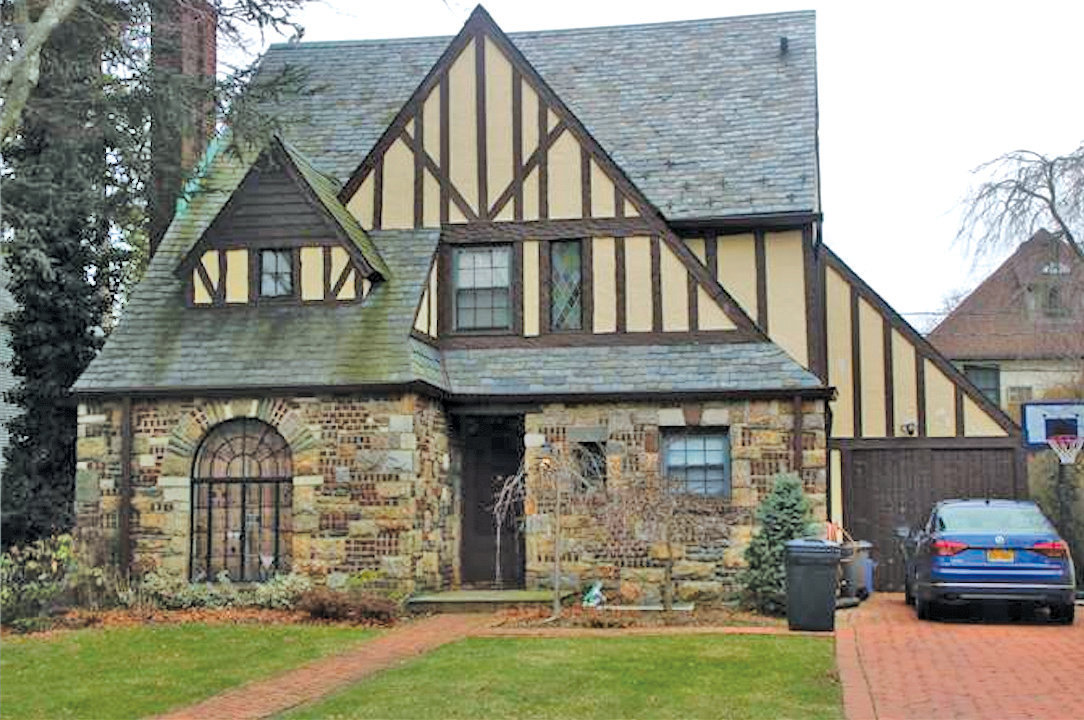Thursday, April 18, 2024
Survey reveals abundance of historic homes in Rockville Centre
There are seven possible historic districts north of Lakeview Avenue in the Village of Rockville Centre, encompassing more than 870 historic structures. That’s according to Nancy Solomon, an architectural historian and folklorist who recently completed a cultural reconnaissance of the area.
Solomon, the director of Long Island Traditions, presented her findings to a room full of community members at the village library on Jan. 21. Using a grant from the New York State Preservation League, the village hired Solomon in July 2018 to identify the village’s historic resources and, ultimately, preserve its historic structures.
“The village has seen an increase in developers coming to knock down historic homes and build new homes, sometimes multiple homes, where one historic home once stood,” said Jennifer Santos, chair of the Mayor’s Task Force for Historic Preservation, which helped kick-start the grant process. “We’re concerned with losing a piece of our history and our story, as well as increasing the density in our beloved village.”
Solomon was impressed by the number of homes preserved in their original state throughout the village.
She highlighted the historical periods when they were built, who developed them and the architectural styles used, including bungalows, Cape Cods, Tudors, Dutch Colonials, and Spanish and Mediterranean revivals.
“We’re usually excited when we get between 40 and 60 percent of a village that we consider historic and that looks pretty much the way it was built,” Solomon explained. “Well, in the course of this survey, it was closer to 90 percent. That’s nothing to sneeze at. I’ve done surveys in the state of Vermont and the East End in the Hamptons, and I’ve never seen anything quite as densely preserved as this village, so you should all be very proud of maintaining these houses and passing them down to others.”
Solomon also interviewed some families to get firsthand stories about the homes. Some interview clips were in her presentation.
Steve Bryan, owner of 664 Hempstead Ave., which was built by Anthony DeMott in 1747, offered insight into owning an old home.
“I’ve learned that there isn’t such a thing as a right angle in the house,” he told Solomon in an interview. “Every time I try to make something or do something, each thing becomes a project. When I put what I call shutters, or interior shutters, in the living room, I had to make each shutter individually.”
Bryan also noted that he once found horsehair in the walls while making repairs. With some research, he discovered that people used to mix the hair with plaster to make it firm.
Next steps
Solomon suggested at the presentation that a community group for owners of historic homes would be helpful. It could share home upkeep methods and recommend where to get old parts for restoration projects.
Santos, along with village historian Marilyn Nunes Devlin, advocated for more education on the village’s history in the community. Devlin encouraged people to visit the Phillips House Museum’s second floor and peruse the filing cabinets full of documents about the village’s past.
Santos said the task force would plan more walking tours of the village and its historic homes.
Solomon also mapped out seven historic districts on the north side of the village. She named them based on old applications and maps that developers submitted to Nassau County, which she found at the county clerk’s office.
Solomon noted that any of these areas could be awarded historic status under the state and national registers. “Based on my analysis, I think they would be eligible,” she said.
More than 50 percent of homeowners in that area would need to agree to become a state or nationally recognized historic district, Solomon noted. If accepted, the designation would not prohibit any types of changes to properties within the district, she said.
However, the designation could help with local officials’ decision making, said Sarah Kautz, of Preservation Long Island, who attended the meeting. This means that when new local laws are under review, the historic nature of places involved would be considered. “There’s a lot of funding out there for villages to do this kind of work,” Kautz added. “It’s very important and there’s a lot of support out there.”
The village’s next step in historic preservation is obtaining a grant for Solomon to continue her work on the south side of town and the downtown commercial district. Santos and Mayor Francis X. Murray agreed to apply for another grant.
“The final survey would mean that Rockville Centre would have a complete picture of its available historic resources,” Santos said. “Then we can go about tackling how to save it and preserve it.”
“We’re all here for the same purpose: We all love this village and we want to preserve it,” Murray said. “We’re going to go forward and try to get that other piece of the village done with another grant and then we’ll see where to go from there.”
HELP SUPPORT LOCAL JOURNALISM
The worldwide pandemic has threatened many of the businesses you rely on every day, but don’t let it take away your source for local news. Now more than ever, we need your help to ensure nothing but the best in hyperlocal community journalism comes straight to you. Consider supporting the Herald with a small donation. It can be a one-time, or a monthly contribution, to help ensure we’re here through this crisis. To donate or for more information, click here.
Sponsored content
Other items that may interest you









